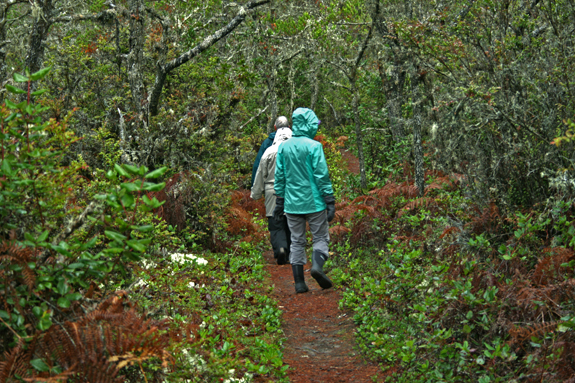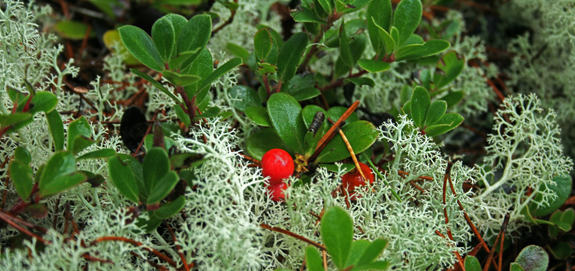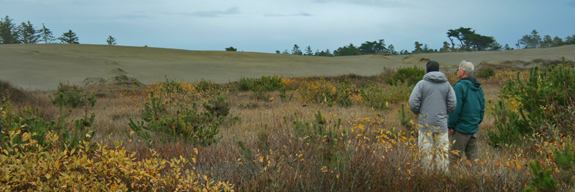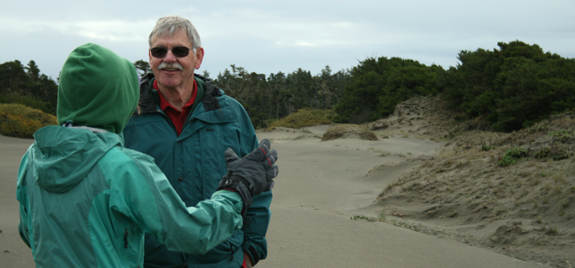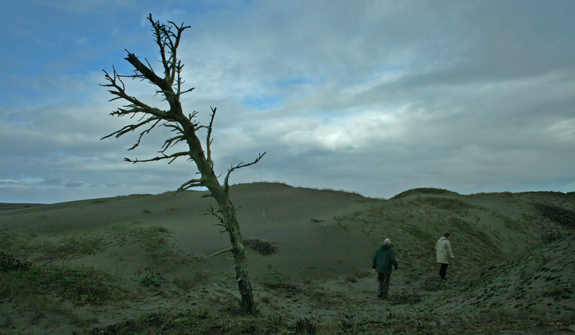Original Publication DATE: 12/30/2008
Ash Meadows National Wildlife Refuge is located along the eastern border of Death Valley National Park. The area presents an incredible juxtaposition to the desert — lush springs feed streams lined with riparian species; many of which are relicts of a wetter time. In this arid region, when precipitation befalls the mountains of southwestern Nevada, water percolates into aquifers. Over nearly a millennia this primordial water flows underground; forming the headwaters of the aboriginal Amargosa River. At Ash Meadows, these waters are forced up from the underground and a brilliant system of springs can be witnessed; in the heart of some of the most arid land on earth.

In wetter times of the Pleistocene the Amargosa River flowed here, connecting a system of lakes — all the way to the once-massive Lake Manly. This lake is now dry and known as Death Valley. As this system of rivers and lakes dried with time the fish became restricted to where water remained above ground. Today, Ash Meadows holds the bulk of these springs and hence — through speciation events due to geographical isolation — numerous species of pupfish. It is said that AMNWR has the greatest concentration of endemic life in the United States — at least 25 species have adapted to environments in and around the springs. Again, riparian relicts of and epoch gone by.

The pupfish of the region behave as the cichlids of the African Great Lakes — being highly territorial and breeding in a around rocky shelves. Where as the African cichlids are an example of parapatric speciation, the pupfish of Ash Meadows exhibit allopatric speciation — because of their geographic isolation over time.
The region is still threatened. As water levels dropped to feed farms in the 1960’s, the level of water in the underground aquifer dropped and habitat for the Devil’s Hole pupfish (Cyprinodon diabolis) began to disappear. A Supreme Court ruling in 1976 limited the pumping of water and, for now, has saved this species — as the water remains at a level necessary for breeding near a prefered limestone shelf. The Devil’s Hole pupfish, because it lives in only one place — a litteral rock-hole-spring in the middle of the desert — is possibly the most environmentally restricted species on Earth. This area needs us to visit, to foster our understanding of the unique biota living on our planet.








